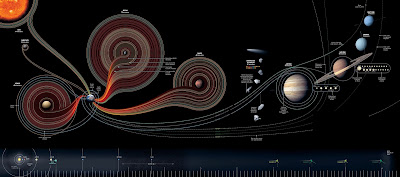The following are resources for my research into the
fundaments and principals of neo-classical design.
Book: Neo-classicism A&I (Art and Ideas)
This book is a broad study of Neoclassicism covering
every aspect and manifestation of the Neoclassical style ranging between the
artisan to the utilitarian, from the style's first appearance to the style's
decline and appearances in modern society. This publication will assist in my
definition and understanding of Neoclassicism as a whole. [1]
Journal Article: Neo-Classical Aesthetics of Art and
Science: Herman Helmholtzand the Frog-Drawing Machine
This article covers specifically the mathematical
and scientific interpretation of Neoclassical Design, and speculates on the
method for which the style can be manipulated and recreated in modern society.
This will become useful for my research on the contemporary understanding and
application of the style. [2]
Edited Book: Neoclassical and 19th Century
Architecture
A publication that examines the cultural trends of
the neoclassical period, and the architectural as a result, this book will
assist my research by helping my understanding of the society that influenced
and developed neoclassicism as an architectural and artistic style. [3]
Website: http://www.metmuseum.org
This website provides a timeline of artistic and
design movements including Neoclassicism. This website will help my research by
placing the style into a chronological context with many references to images
and articles that will also assist in understanding the fundaments of
Neoclassicism. [4]
Image: Baltimore Basilica
This image provides an insight into the architecture
and design of the first basilica in the United States to be built in this
style, and is an inspiration for my research into the style as a whole. [5]
Bibliography
1: Irwin, J.
(1997). Neo-classicism A&I (Art and
Ideas), Pg 1-447, Los Angeles, USA: Phaidon Press
2: Wise, M.N.
(2007), The Hans Rausing Lecture, Neo-Classical
Aesthetics of Art and Science: Herman Hlmholtzand the Frog-Drawing Machine (No.
10),1-52.
3: Middleton,
R. (Ed.) (1980), Neeoclassical and 19th
Century Architecture, New York:
Abrams
4: Heilbrunn
Timeline of Art History, Neoclassicism, Retrieved from http://www.metmuseum.org/toah/hd/neoc_1/hd_neoc_1.htm
5: Greim, J. (2011), Baltimore Basilica, Retrieved
from http://www.artwanted.com/imageview.cfm?ID=1092361










